The Rooftop Terrace










Plants produce chemical compounds to use for many purposes: some defend a plant part against pests, while others attract pollinators to their flowers or tempt disseminators of their seeds with sweet and nutritious rewards. Some plant compounds can often be used to our advantage and can even have medicinal actions which heal our ailments.
Before Europeans arrived in North America, Native American healers had a long history of using indigenous, native plants for a wide variety of medicinal purposes. Medicinal plants and their applications were as diverse as the tribes who used them. Herbal treatments are used to treat specific ailments, native mosses and cacti are well known to stop bleeding and heal wounds, and teas made from the bark of native trees and certain leaves have traditionally been used for colds and fever.
Today, many people are rediscovering the importance of native plants to medicine. Our Western Pennsylvania medicinal native plants include:
Native edibles are rich in essential vitamins and minerals. Depending on the type of native plant, the roots, stems, leaves, flowers, fruit and seeds can be consumed by being eaten fresh, made into beverages, jams, sugar, flour, flavoring and other tasty treats. When eating wild edibles, it is important to be 100% sure of its identification to ensure your safety. Growing your own edibles can be fun and educational. Our edible native plants include:
Pollinators are a keystone species for the survival of a large number of other species. The vitality and health of pollinator populations provide a glimpse of a strong ecosystem.
Pollinators require two essential components in their habitat: a nesting community and flowers providing food from which to gather nectar and pollen. Native plants provide the best source of food for pollinators because the plants and pollinators have coevolved with one another.
In many urban landscapes, pollinators have struggled to find the appropriate species of plants. By providing patches of native flowers which bloom at different times of the year, the environment for pollinators can be improved.
The perfect pollinator garden would provide native plants for foraging, reproduction and shelter. Our pollinator native plants include:
Birds help to pollinate plants, disperse their seeds, and eat harmful insects. Plants have evolved colorful, nectar-filled flowers and luscious, nutrient-packed fruits and seeds to nourish birds who assist in the plant's survival. The plants' limbs and leaves also offer nesting and shelter for birds to thrive.
Using native plants in your backyard landscape will offer the most resources to birds and wildlife. An ideal bird support area has a diverse selection of native plants for food, reproduction and shelter. It is important to incorporate layers of plan succession so blooms are present throughout the season. Our bird support native plants include:
The season's best starts here on the North Terrace with freshly-grown rooftop produce. Produce grown close to its end use is tastier and more nutritious. Shipping causes fruits and vegetables to degrade their nutrient value. So fresh is best!
Levy Convention Centers cares for 27 boxes on the 4th floor terrace overlooking the Allegheny River and North Shore. Chef Tom plants a wide variety of tomatoes, strawberries, chives, brussels sprouts, cucumbers, lavender, and much much more.
To complete any garden, herbs are needed to enrich our rooftop vegetables and meats. The herbs grown on the roof produce 80% of all herbs used here at the DLCC.
When at the DLCC, make plans to visit our rooftop garden.
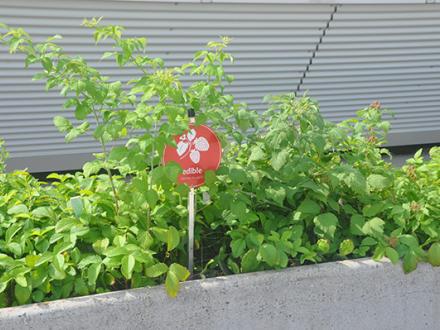
Edible Plants
Planting edible native plants is a great way to experience the natural world and connect with our daily nourishment.
Wild edibles were vital to settlers, but even today we still enjoy many well known native plants including blueberries and strawberries.
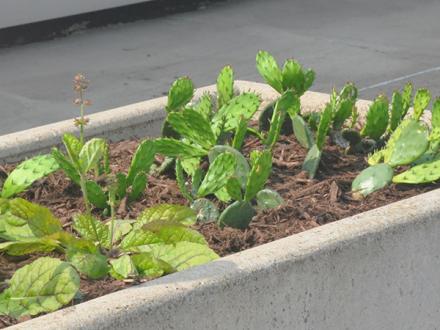
Medicinal Plants
Countless generations of humans have relied upon nature to heal, finding useful medicine in their local forests and fields.
Many of our pharmaceuticals were at least derived from a chemical compound found in a plant. In recent years, a renaissance of interest in herbal medicine has boosted a growing medicinal plant industry.
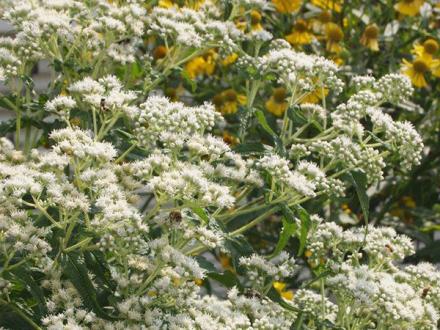
Pollinator Plants
About 75% of all flowering plants rely on insect pollinators. These insects transfer pollen between plants in order to make seeds for new plants.
Creating a pollinator garden helps bees, butterflies and other insects such as beetles, ants, and flies to pollinate these in a concentrated area.
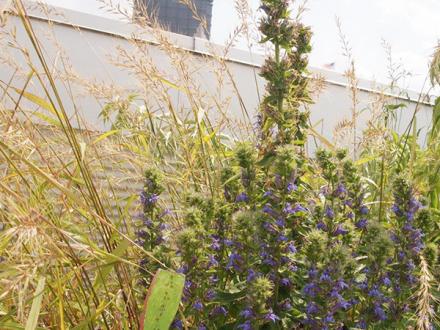
Bird Supports
Birds have adapted to utilize native plants that provide food, cover, nesting sites or a combination of resources.
Native plants provide food at different times of the year to birds in the form of seeds, fruit, nectar, or attract insects that use those plants. The growth habits of native plants present safe nesting sites and cover that protect birds from inclement weather and predators.
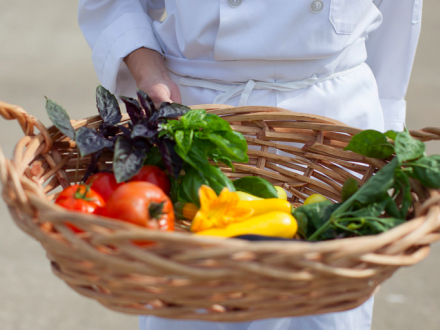
From Plant to Plate
Levy Convention Centers is the DLCC's exclusive food service provider who plants and maintains over 1,300 sq. ft. of garden boxes on the North Terrace.
Learn More